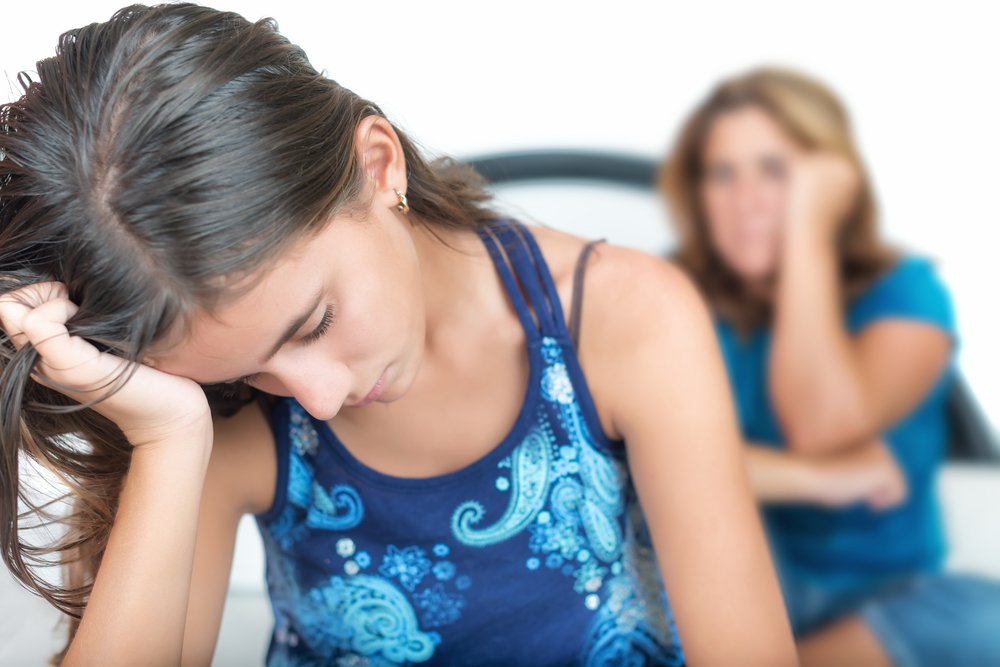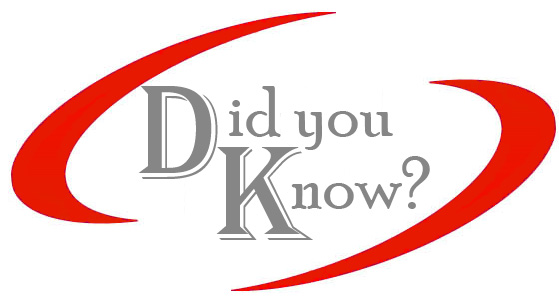Child Abuse Statistics

A top concern to Canadian teenagers is child abuse statistics, which might be a surprise to many. But teens are a lot more in-the-know than we give them credit for.
With a dismissive 'what do they know, they're just kids' wave of the hand, sometimes adults brush off concerns of children and youth. But before you set this adolescent worry aside, consider that in a decade or two or three, these same 'kids' will be our lawyers and judges and lawmakers.These same 'kids' are our future. We owe it to ourselves to take the statistics and their concerns of them seriously.
|
|
Every time you treat a child with respect, that child feels just a little bit taller. |
 A survey done by Bibby in 2000 (20011) revealed that 56% of adolescents rated child abuse as their top societal concern. A survey done by Bibby in 2000 (20011) revealed that 56% of adolescents rated child abuse as their top societal concern.
 Adolescents experience maltreatment at rates equal to or exceeding those of younger children (Council on Scientific Affairs, 1993, p. 18502). Adolescents experience maltreatment at rates equal to or exceeding those of younger children (Council on Scientific Affairs, 1993, p. 18502).
|
|
 |
Identification of adolescent maltreatment victims is medically important because youth with a history of victimization are more likely to engage in a variety of health risk behaviours and are more likely to be future victims or perpetrators of domestic violence (Council on Scientific Affairs, 1993, p. 18503). |
|
And in Canada:
 |
Canadian Child Abuse Statistic #1:In a study of runaways presenting at an emergency ward who reported a history of maltreatment, 83% had disabilities as compared to 47% of the non-maltreatment runaways. Using information collected from schools, 34% of the maltreated had disabilities as opposed to 17% of the non-maltreated runaways (Sullivan, et al., 200011). |
 |
Canadian Child Abuse Statistic #2:A major reason that young people leave home is in order to escape from sexual and/or physical abuse in their family--the average age they leave is 15 (Beauvais et al., 200112). |
 |
Canadian Child Abuse Statistic #3:The average age of entry into the sex trade in Canada is between 14 years of age in British Columbia and 17 in Ontario (Estes, 200113). |
 |
Canadian Child Abuse Statistic #4:Close to one-third of teens between ages 14 and 19 who participated in a Canadian study had experienced some kind of childhood abuse or neglect (Wolfe, 200114). |
 |
Canadian Child Abuse Statistic #5:In the same Canadian study mentioned in #4, girl victims reported emotional distress, post-traumatic-stress related symptoms and acts of both violent and non-violent delinquency. Boy victims of child maltreatment reported far less emotional distress and delinquent behaviours; however, they were far more likely to assault their dating partners (Wolfe, 200115). |
 |
Canadian Child Abuse Statistic #6:A telephone survey undertaken across Canada in 2002 found that 62% of Canadians felt that the problem of domestic violence in Canadian society has increased in the past 10 years. And of the 55 homicides of children and youth in 2000, family members killed 31 of the victims (Canadian Centre for Justice Statistics, 200216). |
 |
Canadian Child Abuse Statistic #7:Children and youth who received high levels of negative parenting practices (i.e. physical punishment, scolding and yelling) were more likely to be involved in aggressive behaviours (Canadian Centre for Justice Statistics, 200217). |
 |
Canadian Child Abuse Statistic #8:Sexually exploited youth (SEY) almost always have a history of abuse. Studies show that 90% of SEY females have been physically abused as opposed to 24% of females in school. 88% of SEY females report sexual abuse as opposed to 21% of females in school. Respondents reported that the abuse was perpetrated mostly by family and friends, followed by pimps or tricks (McCreary Centre Society, 199918). |
 |
Canadian Child Abuse Statistic #9:A British Columbia-wide study showed that gay and lesbian youth are much more likely to have experienced abuse than heterosexual youth. 61% have been physically abused and 40% have been sexually abused as opposed to 20% and 12% respectively (McCreary Centre Society, 199919). |
 |
Canadian Child Abuse Statistic #10:
Poor cognitive and behavioural outcomes can be considered the most significant risk factor (Willms, 2002, pp. 66-6920).
|
Among the population of Canada's children and youth:
» 28.6% are vulnerable to physical and/or emotional injury
» 12.8% have low cognitive skills
» 19.1% have one or more behavioural problems
» 3% have both cognitive and behavioural problems
NOTE: Child abuse statistics do not accurately reflect child abuse, because child abuse is so under-reported.
I receive many stories from courageous people who have never reported the abuse. You can find them here.
|
|
Rights are things that every child should have or be able to do. All children have the same rights. These rights are listed in the UN Convention on the Rights of the Child. Almost every country has agreed to these rights. All the rights are connected to each other, and all are equally important. Sometimes, we have to think about rights in terms of what is the best for children in a situation, and what is critical to life and protection from harm. As you grow, you have more responsibility to make choices and exercise your rights. |
References
NOTE: Information pages on this site were based on material from the Canadian Red Cross RespectED Training Program. Written permission was obtained to use their copyrighted material on this site.
Canadian Red Cross RespectED Training Program. Written permission was obtained to use their copyrighted material on this site.
Child Abuse Statistics
1 Bibby, R. (2001). Canada's Teens. Toronto: Stoddart.
2 & 3 Council on Scientific Affairs. (1993, October 20). Adolescents as victims of family violence. Journal of the American Medical Association, 270(15), 1850-1856.
4 World Health Organization. (2001). Prevention of Child Abuse and Neglect: Making the links between human rights and public health. Geneva: World Health Organization.
5 World Health Organization. (2002). World report on violence and health. Geneva: World Health Organization.
6 & 7 Human Rights Watch. (2001). Easy Targets: Violence against children worldwide.
8 Estes, R.J. & Weiner, N.A. (2001). The commercial sexual exploitation of children in the US, Canada and Mexico. University of Pennsylvania.
9 Casa Alianza. (2001, December 18). Report on trafficking of children in Central America and Mexico. Retrieved December 18, 2001 from http://www.casa-alianza.org
10 United Nations. The 57th session of the UN commission on human rights. Geneva: The United Nations.
11 Sullivan, P. & Knutson, J. (2000). The prevalence of disabilities and maltreatment among runaway children. Child Abuse and Neglect, 24(10), 1275-1288.
12 Beauvais, C., McKay, L., & Seddon, A. (2001). A literature review on youth and citizenship. Canadian Policy Research Network Discussion Paper No. CPRN/02., 50.
13 Estes, R.J. & Weiner, N.A. (2001). The commercial sexual exploitation of children in the US, Canada and Mexico. University of Pennsylvania.
14 & 15 Wolfe, D. (2001, March). Child maltreatment: Risk of adjustment problems and dating violence in adolescence. Journal of the American Academy of Child and Adolescent Psychiatry, 40, 282-289.
16 Canadian Centre for Justice Statistics. (2002). Family violence in Canada: A statistical profile 2002. Ottawa: Government of Canada.
17 Canadian Centre for Justice Statistics. (2002). Family violence in Canada: A statistical profile 2002. Ottawa: Government of Canada.
18 McCreary Centre Society. (1999). Our kids too: Sexually exploited youth in B.C.: An adolescent health survey. Burnaby: McCreary Centre Society.
19 McCreary Centre Society. (1999). Being out: Lesbian, gay, bisexual and transgendered youth in B.C.: An adolescent health survey. Burnaby: McCreary Centre Society.
20 Willms, J. (2002). Vulnerable children: Findings from Canada's national longitudinal survey of children and youth. Edmonton: The University of Alberta Press.
From Victim to Victory
a memoir
How I got over the devastating effects of child abuse and moved on with my life
From Victim to Victory
a memoir
How I got over the devastating effects of child abuse and moved on with my life
Most Recent
-
Converging Stolen Lives
Jan 30, 18 01:13 PM
There was a time and space I didn’t think about you, or your abuse. Where when I looked back at my life, I only saw normal things, a normal childhood. -
A letter to one of the 13 Turpin children
Jan 29, 18 11:33 AM
A heartfelt letter by a former classmate that speaks to bullying and regrets. You'll find it on my Facebook group. I hope you'll join and get in on the discussion. -
Dissociated From Abuse
Jan 29, 18 11:00 AM
I was sexually abused by my father from age 6 to 13, which stopped when I started talking about it during the day. The teenage brother of my best friend


